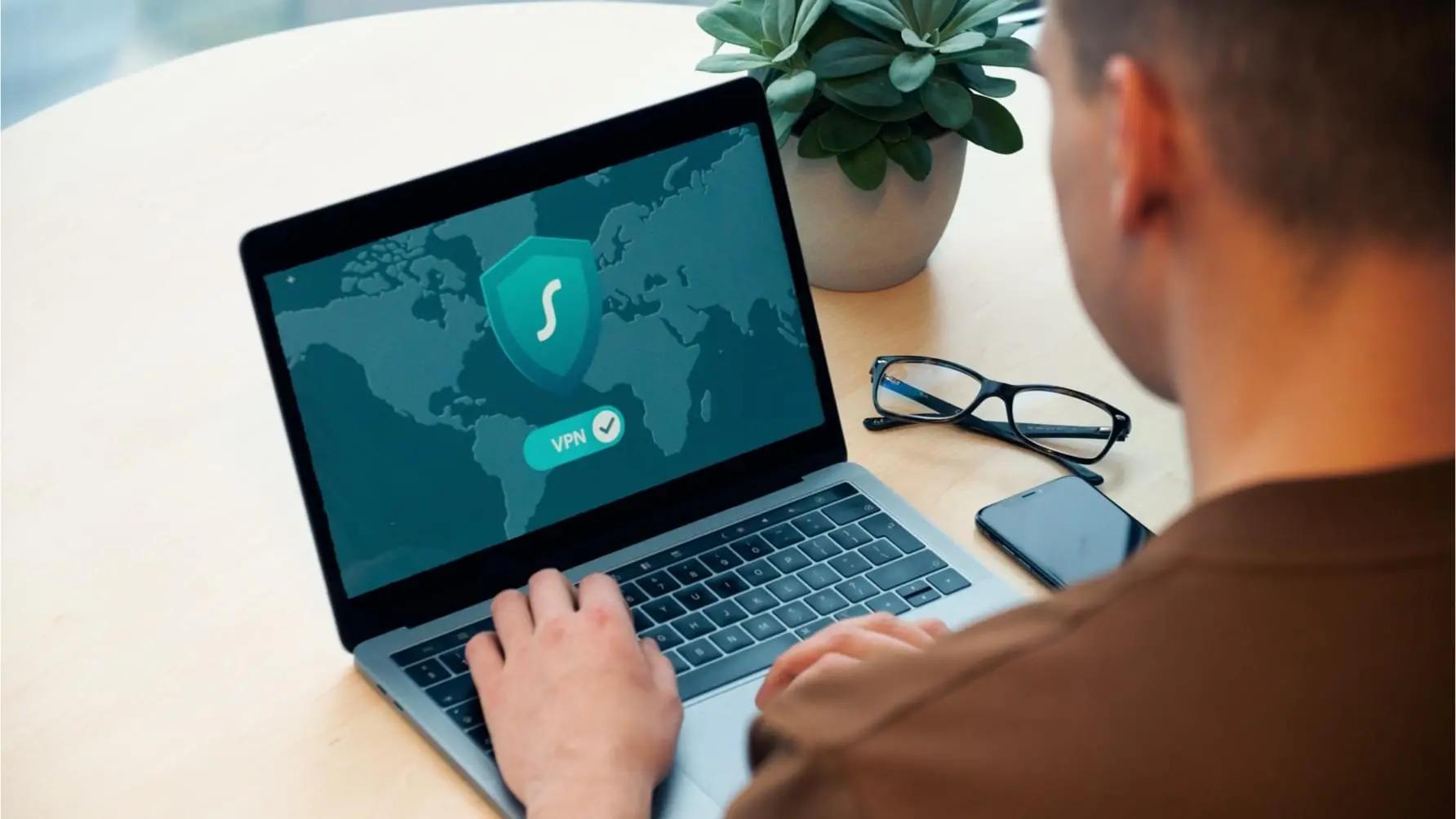As email cybersecurity researchers update their list of malicious domains, cyber-criminals register new ones to bypass any filters. An attacker aims to get a malicious email message in front of your employees, and cybersecurity seeks to block it. The entire cybersecurity landscape is a cat-and-mouse game, but businesses can stay proactive against threats. New phishing, social engineering, and newly registered drive-by malware download sites are released daily. Still, the proper protection on your email servers can save you money on incident response, legal issues after a data breach, and brand damage.
Did You Know?
cyber attacks begin with phishing
to seamlessly install PhishTitan
estimated global cybercrime cost
to stop & spot a phishing attack
Malicious Embedded Links and Phishing
Most people have heard of phishing but don’t know how to spot it. Many current data breaches start with phishing emails targeting specific people within an organization or sending them to a large group of employees. Ransomware, for example, only needs a single employee to install itself on the network environment. From there, the ransomware can deliver its payload.
Spear phishing has the same dire consequences, but usually, the organization is targeted after attackers perform surveillance on the people within the organization. High-privilege users on the network are big targets for spear phishing. These users can access sensitive information, including employee personally identifiable information (PII), customer PII, financial data, and intellectual property worth millions. Any phishing is dangerous to an organization, but spear phishing often has the most severe consequences after credential theft or malware injection.
Every phishing attack has its strategy, and sophisticated attacks are customized to the targeted business. In many attack strategies, an embedded link brings the targeted victim to a malicious web page. The web page could look like an official business page, including the targeted organization's business page. Malicious pages could convince users to download malware or ransomware or divulge their network credentials.
A successful phishing attack only requires a single employee to take the bait, which is why phishing is a dangerous security issue for businesses. The links used to trick users constantly change; even hovering over the link to see the domain does not guarantee the viewer will detect a malicious site. Businesses need email security and filters to stop these malicious messages from reaching the intended recipient’s inbox.
"Phishing attacks have soared by 65%, from $2.79 million in 2020 to $4.6 million in 2022."
Time-of-Click Email Security
Several cybersecurity strategies help reduce the risks of phishing threats. Nothing ever reduces threats' risks entirely, but email filtering solutions dramatically reduce the chance of a data breach from email-based attacks. Removing the human element from phishing detection is critical for cybersecurity and data protection.
Blocking malicious email messages is ideal, but some messages get through filters. A good email filtering solution catches most incoming malicious messages, but it’s possible that your solution could allow false negatives to reach an employee’s inbox. You have two options when email filtering returns a false negative:
- Block the link using content filters.
- Rewrite the URL so that it’s unavailable to the reader.
Most effective email filtering software has a quarantine where flagged messages are stored until further review. A quarantine is a safe storage space for suspicious messages, and employees cannot access them like they can with a spam folder. With many free email or enterprise systems without a quarantine option for administrators, malicious messages go to a spam inbox. Although users are warned not to trust these messages, they still fall victim to phishing and other scams. Users still have access to messages, and it puts cybersecurity into the hands of your employees. A quarantined section using email filtering solutions removes the human element from phishing detection, which is far safer for data than leaving it to your employees.
Sophisticated phishing uses newly registered domain names, and groups of cyber-criminals could create thousands of them to avoid detection. Sound email filtering systems leverage artificial intelligence (AI) to identify zero-day threats. Still, they conceivably miss some phishing attacks even with a meager false negative rate—a URL rewriting solution with a time-of-click protection mechanism that removes an active URL from the message.
Time-of-click protection works similarly to web content filters from a user’s perspective. When a user clicks a malicious link, time-of-click protection stops users from accessing the domain. Similar activity happens with web content filters, but most email security using time-of-click protection also incorporates a URL rewrite feature. A URL rewrite feature removes the active link from a malicious message so users cannot access the web content.
How a URL rewrite feature handles a malicious link depends on the solution. Some solutions remove the link entirely and replace it with text. Others block the message entirely, and other solutions replace the link with an internal domain that warns users about phishing. All options focus on educating the user to recognize a phishing message but protect the environment from malware and credential theft.
"Phishing will be the topmost attack vector and behind 41% of all security incidents"
Security Awareness Training is Still Necessary
Placing extensive security on your email system is a must-have, especially if you have Microsoft Office 365. Businesses shouldn’t rely on MS Office integrated security, so the most effective email security solution adds another layer to your data protection. Time-of-click protection and email filtering solutions are just one aspect of security, but offering employees a security awareness training program is still important.
A sophisticated attack uses social engineering with an effective phishing strategy. These attacks are usually targeted and often work with spear phishing strategies. They target specific high-privilege users within the organization, so employees must know the common red flags associated with social engineering and phishing. Businesses can educate employees on identifying sophisticated attacks should email cybersecurity fail.
Training can be from videos or reading material, but users should be tested to determine if they can still fall victim to phishing. Occasional phishing emails are sent to all employees, and reporting tools show all emails opened and deleted and the clicks on embedded links. Reports show administrators which users need additional training to identify a malicious email message.
Creating Email Security in Layers
A good cybersecurity strategy builds layers around your environment, so attackers must break multiple layers before accessing sensitive data. Time-of-click protection is one layer, but it should be combined with email filtering, security awareness training, antivirus, and firewall protection. Every layer reduces the risk of a data breach. You can never eliminate it, but adequate security makes it difficult for attackers to bypass it.
Phishing is highly effective for attackers, and they continually change their phishing strategies to bypass the latest email security. One way to stop them is with time-of-click protection to block malicious URLs. Email filtering software like PhishTitan analyzes incoming email messages and uses artificial intelligence to detect zero-day and current threats embedded in message links. Add quarantining solutions to your email security, and users will get very few false negatives in their inboxes.
Blocking a phishing attack reduces the chance of a data breach, which means your organization can safeguard its revenue, brand reputation, and customer loyalty. Remember that a data breach has several consequences, including the initial incident response costs. The costs associated with phishing are long-term after a data breach, and litigation can last years. The loss of customer loyalty chips away at revenue, so businesses must have the right email security to protect customer data.
The integration of PhishTitan with its time-of-click protection will significantly reduce phishing risks. Learn more about PhishTitan, or sign up for a free demo today.

Susan Morrow
- DATA PROTECTION
- EMAIL PHISHING
- EMAIL SECURITY
Talk to our Team today

